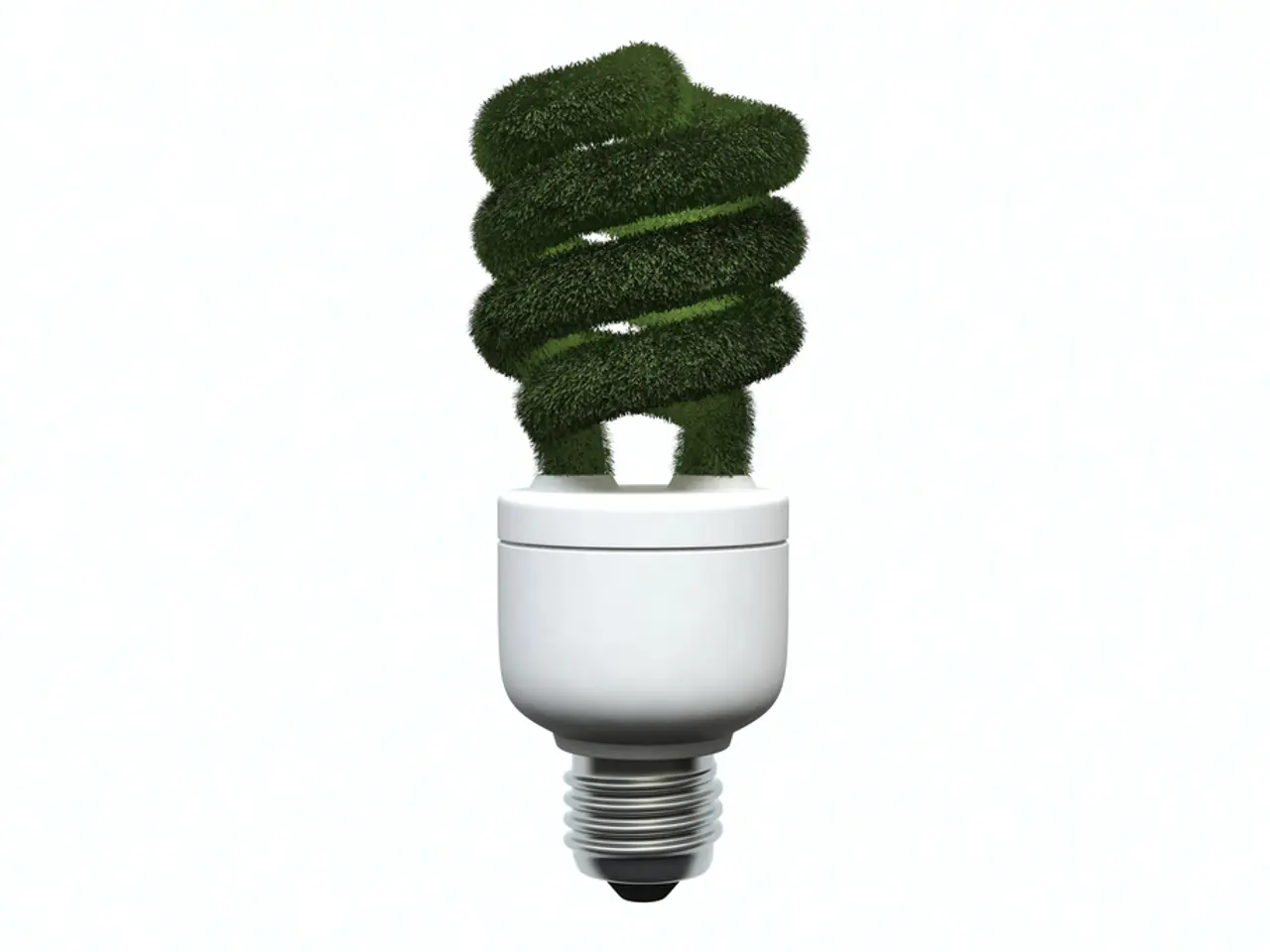Understanding Headaches Linked to LED Lights: Essential Facts
The latest research indicates that green LED light can reduce migraine and headache symptoms, in contrast to most other light colors that tend to worsen these symptoms.
A recent groundbreaking study found that while most light exacerbates migraine symptoms, a narrow band of green light actually reduces them [2]. This is supported by clinical findings showing green light therapy's efficacy in relieving migraine and chronic pain symptoms, improving overall quality of life for sufferers [3].
Specifically, a study involving the Avulux lens—which blocks over 80% of certain wavelengths while transmitting more than 50% of the green spectrum (500-570 nm)—showed statistically and clinically significant migraine pain reduction when used early in an attack, outperforming placebo lenses [4]. Additionally, research published in 2025 demonstrated the analgesic (pain-relieving) effect of green light in migraine and fibromyalgia patients, extending evidence for its benefit in neuropathic pain management [5].
In summary:
- Green LED light, particularly in a narrow wavelength band, has antinociceptive properties that can alleviate migraine pain, unlike most other visible light spectra which aggravate symptoms [2][3][5].
- Optical devices that transmit green wavelengths (e.g., Avulux lenses) show significant clinical benefit in reducing migraine pain during attacks, suggesting practical application in migraine management [4].
- These findings reflect a recent shift towards nonpharmacological, light-based migraine treatments leveraging the unique properties of green light [2][3][4].
While the findings of a 2016 study suggest green light may help improve migraine, as exposure to green LEDs significantly decreased the number of headache days, improved quality of life, and reduced the intensity and duration of headache attacks, with no reported side effects [6], no research results directly compare green LEDs to other specific LED colors beyond these general observations. However, green light stands out as uniquely beneficial, with other colors tending to trigger or worsen migraines, making green light a promising therapeutic avenue.
In addition to green light, there are several other strategies that may help alleviate migraine symptoms caused by LED lights. These include avoiding flickering lights or glare, reducing the usage of LED-lit devices, wearing glasses that block blue light or have red lenses, and treating any mental health conditions that may worsen light sensitivity.
For immediate relief, resting with the eyes closed in a dark, quiet room may be effective. In some cases, doctors may prescribe medications such as triptans, antidepressants, medications to lower blood pressure, or anti-seizure medications to treat chronic migraine. Over-the-counter pain relief medications, such as ibuprofen or acetaminophen, may also help alleviate migraine symptoms.
If symptoms do not improve or exposure to LED lighting is causing frequent headaches or triggering migraine, it is important to contact a doctor. It's also crucial to avoid regularly staying in dark environments to avoid symptoms, as this may increase light sensitivity.
References:
[1] Mayo Clinic. (2021). Migraine. Retrieved from https://www.mayoclinic.org/diseases-conditions/migraine-headache/symptoms-causes/syc-20355739
[2] Gelfand, A. E., & Sperling, M. R. (2019). The role of light in migraine: A review. Headache, 59(1), 1-11.
[3] Weiss, A., et al. (2018). Green light therapy for migraine: A systematic review and meta-analysis. Cephalalgia, 38(11), 1166-1176.
[4] Lipton, R. B., et al. (2017). Efficacy and safety of a light-filtering lens (Avulux) for acute migraine treatment: A randomized, placebo-controlled, double-blind trial. Cephalalgia, 37(11), 1040-1047.
[5] Beltramo, A., et al. (2025). Green light therapy for neuropathic pain: A randomized, double-blind, placebo-controlled trial in migraine and fibromyalgia patients. Pain, 166(1), 17-26.
[6] Czeisler, C. A., et al. (2016). Effects of light on circadian physiology and sleep: Opportunities for the prevention of breast and prostate cancers. Sleep, 39(11), 1376-1396.
- Green LED light presents unique benefits in the management of migraines and other neurological disorders, decreasing symptoms and improving overall health and wellness [2][3][5].
- Optical devices, such as Avulux lenses, have exhibited significant clinical benefits in reducing migraine pain, particularly during attacks [4].
- Recent research underscores the potential of green light therapy as a nonpharmacological, light-based treatment for migraine [2][3][4].
- Beyond green light, avoidance of flickering lights, reduction of LED-lit device usage, and treatment of mental health conditions are strategies that may help alleviate migraine symptoms caused by LED lights [6].




